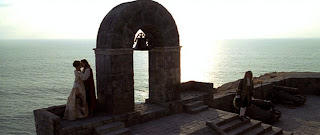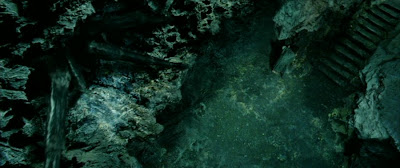Using a blog, I could compare my answers with other students. The blogs were a quick but useful way to review topics from the previous week. It was nice to be able to respond in writing without all of the stress of an essay.
It wasn't very difficult to use the blog. Sometimes it took me a while to find a topic I could talk about, but the blog was very easy to use and set up.
My favorite blogs were the ones that asked you to find and examine an example in some form of media. Often they were more difficult, because they required a bit of research and thinking, but they also allowed for better understanding of the topic. For example, the blog where we analyzed the three act structure in a Hollywood movie took a bit of work – you had to look through the movie, find major events and note the time – but it was also very interesting and showed how the structure works.
The blogs are extremely useful in RTF 305. As for other courses, it would work if there was a lack of writing and a regular assignment was needed. But in a class where there are already essays or quizzes it might overload the students. It works well in RTF 305 because there aren’t very many other assignments, and writing the blog helps keep you up with the class.
Sometimes the prompts aren’t sent out on Wednesday as scheduled, and it would be nice if we had the most time possible to work on them.
Yes, you can use my blog in a paper or report.







